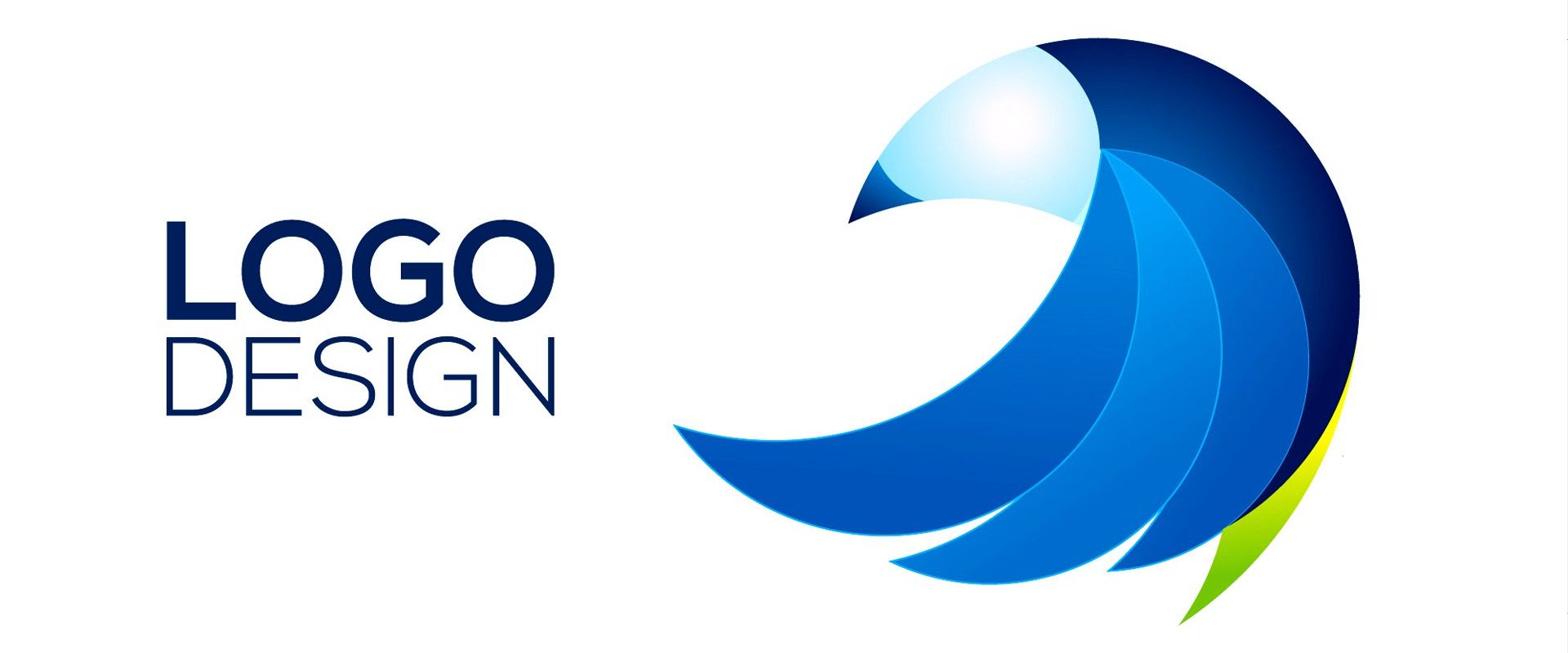The Importance of a Well-Designed Logo
A company’s logo is much more than just a visual mark—it’s the face of the brand. When executed well, a logo serves as an instant reminder of a company’s identity, values, and the promises it makes to its customers. It’s often the first interaction a customer has with a brand, making it a crucial element in forming a lasting impression. A well-designed logo should be memorable, easily recognizable, and reflective of the brand’s personality. Whether it’s the iconic swoosh of Nike or the golden arches of McDonald’s, successful logos share one common trait: they encapsulate the essence of the brand in a simple, yet powerful design.
The significance of a logo extends beyond mere aesthetics. It plays a pivotal role in establishing trust and credibility. Consumers are more likely to trust a brand that has a professional, polished logo because it suggests reliability and attention to detail. Moreover, a cohesive and consistent logo across all platforms and materials reinforces the brand’s identity, making it more likely that customers will remember and return to the brand. In today’s highly competitive marketplace, where countless businesses are vying for consumer attention, a distinctive logo can be the key differentiator that sets a company apart from its competitors.
Key Elements of Effective Logo Design
Designing a logo involves much more than choosing colors and fonts; it requires a deep understanding of the brand’s message and target audience. Simplicity is often cited as a key principle in logo design. A simple logo is easier to recognize and remember, which is why some of the most famous logos in the world are also the simplest. Simplicity doesn’t mean that the design should be boring or plain—it should be smart and purposeful. A well-thought-out logo will communicate the brand’s values and mission clearly, without the need for complex imagery or text.
Another critical element of company logo design is versatility. A logo should work across various mediums, from business cards to billboards, and still be effective. This means it should look good in black and white as well as in color, and it should be scalable to any size without losing its impact. Additionally, a logo should be timeless. While it’s tempting to follow design trends, these can quickly become outdated, making the logo look irrelevant. A timeless logo, on the other hand, remains effective and relevant for years to come, providing a stable foundation for the brand’s identity.
The Logo Design Process
The process of creating a logo begins with thorough research and understanding of the brand. Designers need to delve into the brand’s history, values, and target audience to create a design that truly represents the company. This research phase is crucial because it informs the direction of the design and ensures that the final product aligns with the brand’s goals. Once the research is complete, designers typically create several concepts, exploring different styles, colors, and typography to find the best fit for the brand.
After generating multiple concepts, the next step is refinement. This involves narrowing down the options and making adjustments based on feedback from stakeholders. During this phase, designers may tweak the color palette, alter the typography, or simplify the design to ensure it aligns with the brand’s vision. The goal is to create a logo that is not only visually appealing but also meaningful and aligned with the brand’s identity. Once the final design is chosen, it’s then tested across various applications to ensure it maintains its integrity and impact in different contexts.
The Role of Color and Typography
Color and typography are integral components of logo design. The colors used in a logo can evoke specific emotions and associations, influencing how the brand is perceived. For example, blue is often associated with trust and professionalism, making it a popular choice for corporate logos, while red can evoke excitement and energy. Choosing the right color palette is crucial because it sets the tone for the brand’s communication and can affect the audience’s emotional response to the logo.
Typography also plays a significant role in how a logo is perceived. The font used in a logo can convey a lot about the brand’s personality. A sleek, modern font might suggest innovation and forward-thinking, while a classic serif font might convey tradition and reliability. The key is to choose typography that aligns with the brand’s values and the message it wants to convey. In some cases, custom typography is created to give the logo a unique and distinctive look, further enhancing the brand’s identity.
The Impact of a Well-Designed Logo
A well-designed logo can have a significant impact on a company’s success. It not only helps to establish a brand’s identity but also builds brand loyalty. Customers are more likely to return to a brand they recognize and trust, and a strong logo plays a key role in fostering that recognition and trust. Additionally, a memorable logo can increase brand visibility..




